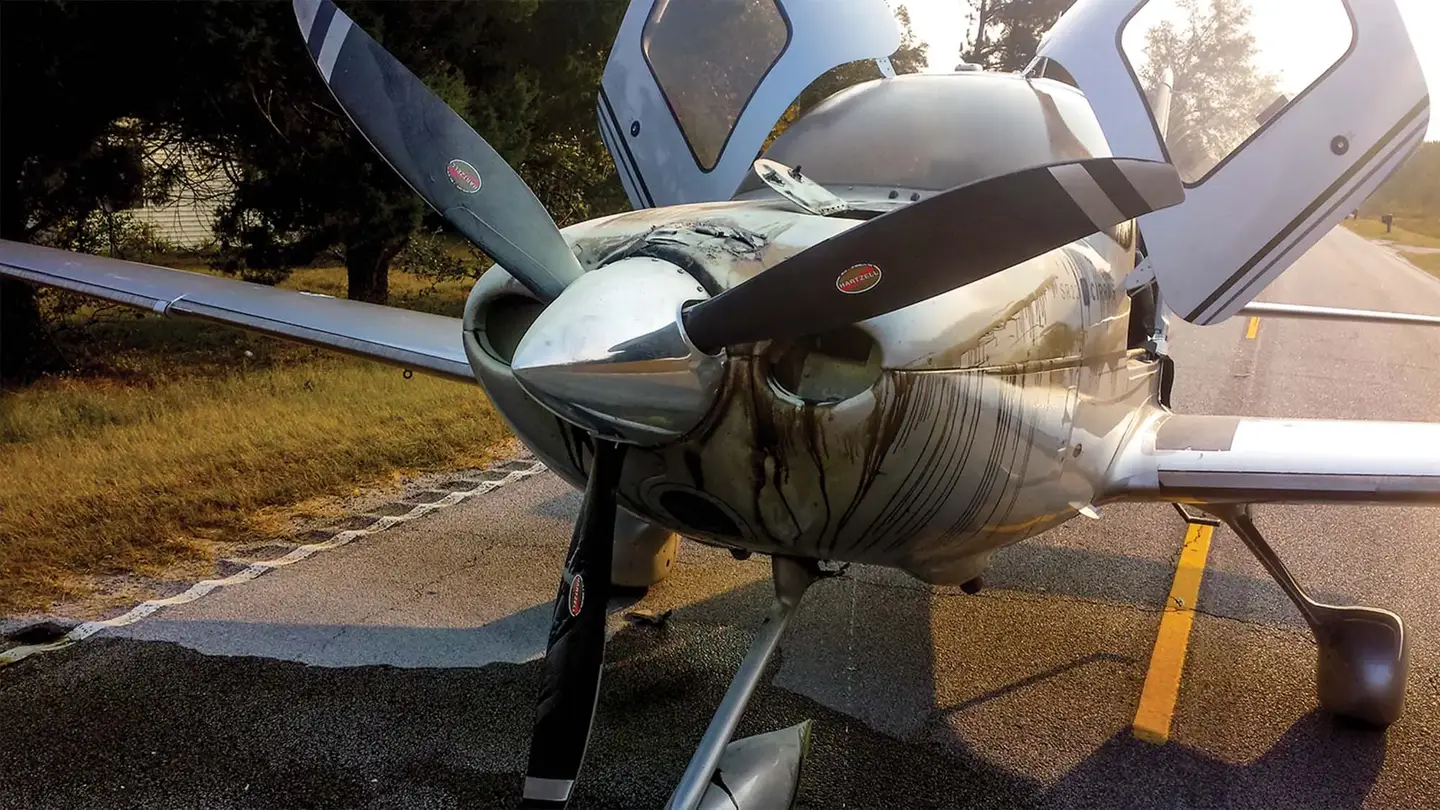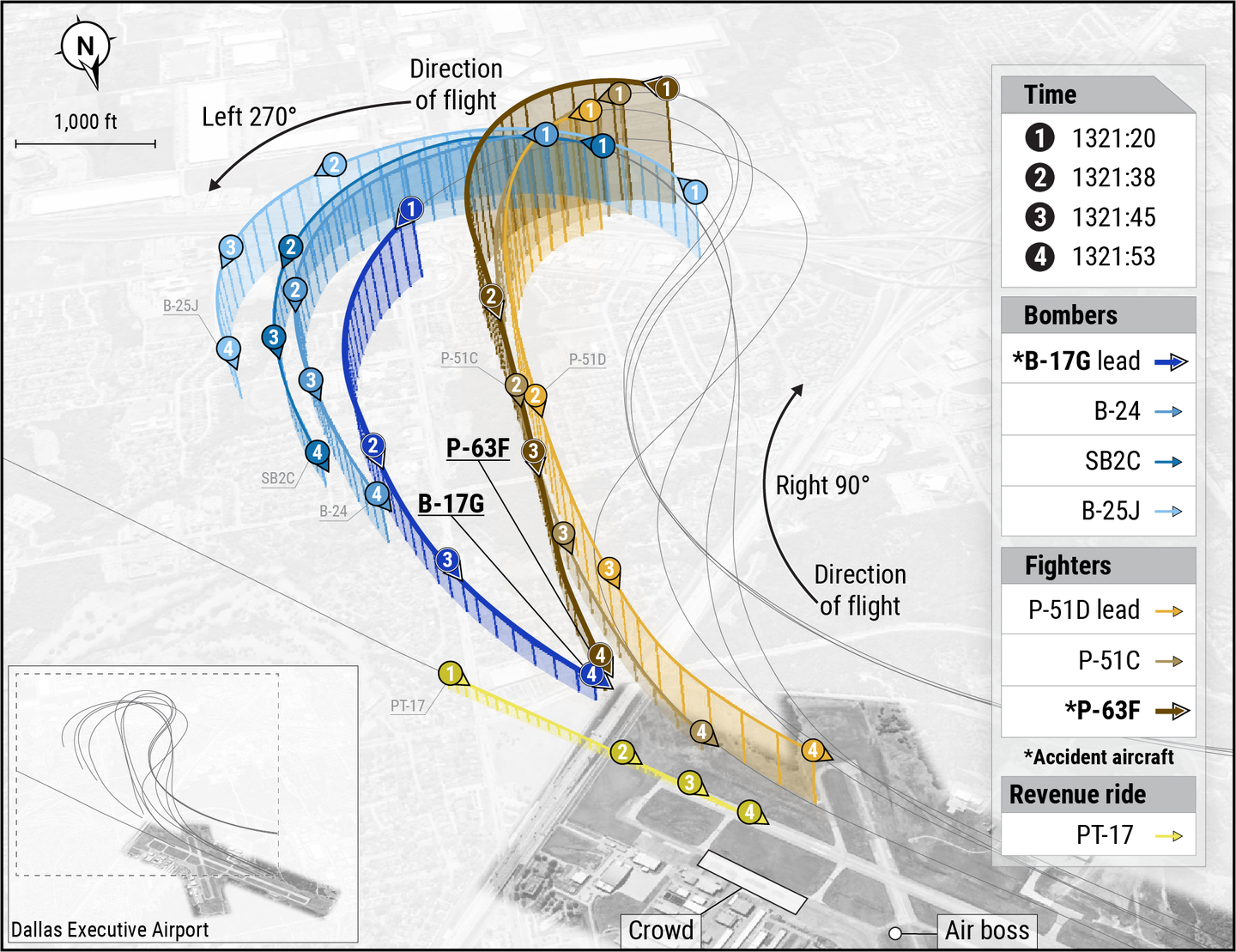General Aviation Accident Bulletin
AVweb’s General Aviation Accident Bulletin is taken from the pages of our sister publication, Aviation Safety magazine. All the reports listed here are preliminary and include only initial factual findings…

Aviation Safety Accident Bulletin
AVweb's General Aviation Accident Bulletin is taken from the pages of our sister publication, Aviation Safety magazine. All the reports listed here are preliminary and include only initial factual findings about crashes. You can learn more about the final probable cause on the NTSB's website at www.ntsb.gov. Final reports appear about a year after the accident, although some take longer. Find out more about Aviation Safety at www.aviationsafetymagazine.com.
July 1, 2020, Brainerd, Minn.
Piper PA-18A-150 Super Cub
The pilot was receiving flight instruction in his newly purchased airplane to satisfy insurance requirements. During the flight, the two decided they would land in a hay field behind the instructor’s house, touching down beyond a ditch. After touchdown, the pilot “noticed trees at the end of the field...were getting close.” As he began applying the brakes, the “plane hit a bump, or bounced a bit,” and nosed over. The airplane sustained substantial damage to both wings, the engine and propeller, and to the vertical stabilizer and rudder.
July 1, 2020, Ocala, Fla.
Evektor Aerotechnik SportStar LSA
At about 1030 Eastern time, the airplane was substantially damaged while landing. The sport pilot was fatally injured. Visual conditions prevailed.
A witness reported the airplane was higher than normal on final approach to Runway 18. The airplane touched down “quite a way” down the runway and bounced twice. Another witness observed the airplane touch down on its nose wheel. It then bounced, flipped and landed upside down. The wreckage was found inverted, with damage to the fuselage and both wings.
July 2, 2020, Crystal River, Fla.
Beech 76 Duchess
After the airplane began accelerating for takeoff, the flight instructor pulled the left throttle to idle to simulate an engine failure. According to the flight instructor, the private pilot receiving instruction “froze” and the airplane veered to the left. The flight instructor then took control and shut off power to each engine, but the airplane exited the runway and impacted an embankment, resulting in substantial damage to the fuselage.
The private pilot later said he responded to the simulated engine failure by removing thrust on both engines, applying the brakes and trying to maintain directional control. However, he reported, “Despite the measures taken, the plane skidded off the runway.”
July 3, 2020, Titusville, Fla.
Piper PA-46-600TP M600
At about 1157 Eastern time, the airplane was substantially damaged when it departed the runway while landing. The pilot and two passengers were not injured. Visual conditions prevailed; an IFR flight plan had been filed.
According to the pilot, when the nosewheel touched down, the airplane veered sharply right. The pilot applied left rudder and brake inputs to correct the deviation but the airplane did not respond, subsequently departing the right side of the runway and coming to rest upright about 100 feet from the runway edge. Examination revealed three skid marks on the runway; the darkest of them was made by the nose landing gear tire. Once the airplane left the runway, the nose landing gear gouged a dirt trench. The airplane’s left wing and left side of the fuselage were damaged, as were the left main and nose landing gears.
July 3, 2020, Alpine, Utah
Cessna 172M Skyhawk
The airplane was destroyed at about 0722 Mountain time when it entered a spin and impacted terrain in a box canyon. The pilot and three passengers sustained fatal injuries.
A witness observed the airplane inside a box canyon executing a right turn, followed by a couple of left and right wing-tip oscillations, before it entered a clockwise, corkscrew spin. The airplane made about 1½ -2 rotations before it disappeared from the witness’s line of sight. The airplane impacted terrain in a horizontal attitude with a little to no forward movement.
July 4, 2020, Soldotna, Alaska
Piper PA-22-135 Tri-Pacer
At about 1523 Alaska time, the airplane was substantially damaged during an emergency landing after it became uncontrollable. The solo private pilot was not injured. Visual conditions prevailed.
While in cruise, the pilot heard and felt a “pop.” The airplane then began a shallow, uncommanded descent and the elevator began to “flutter.” The pilot was unable to maintain altitude. The pilot subsequently selected a paved, rural neighborhood road as an emergency landing site. During touchdown, the airplane landed hard, and the main landing gear collapsed, sustaining substantial damage to the left wing, both wing lift struts and the fuselage. Examination established flight control continuity but the area above the windscreen, where the fabric was connected to the fuselage, had separated. The adhesive that held the fabric to the structure failed, and a portion of the fabric peeled aft. An applicable airworthiness directive calls for installing a reinforcing metal strip to avoid a sudden failure of the fabric at the top of the windscreen where it attaches.
This article originally appeared in the October 2020 issue of Aviation Safety magazine.
For more great content like this, subscribe to Aviation Safety!






